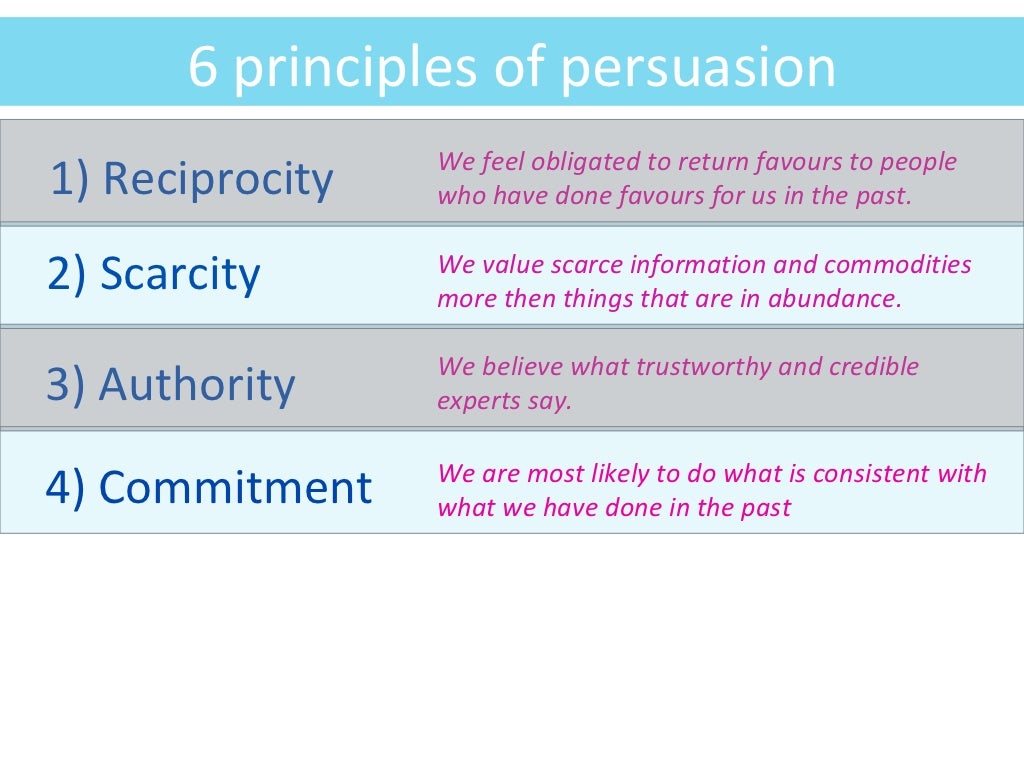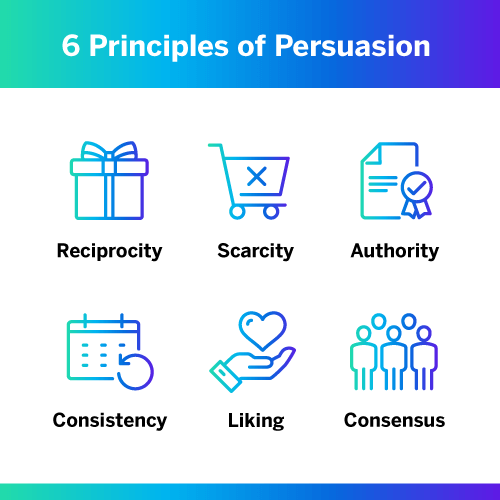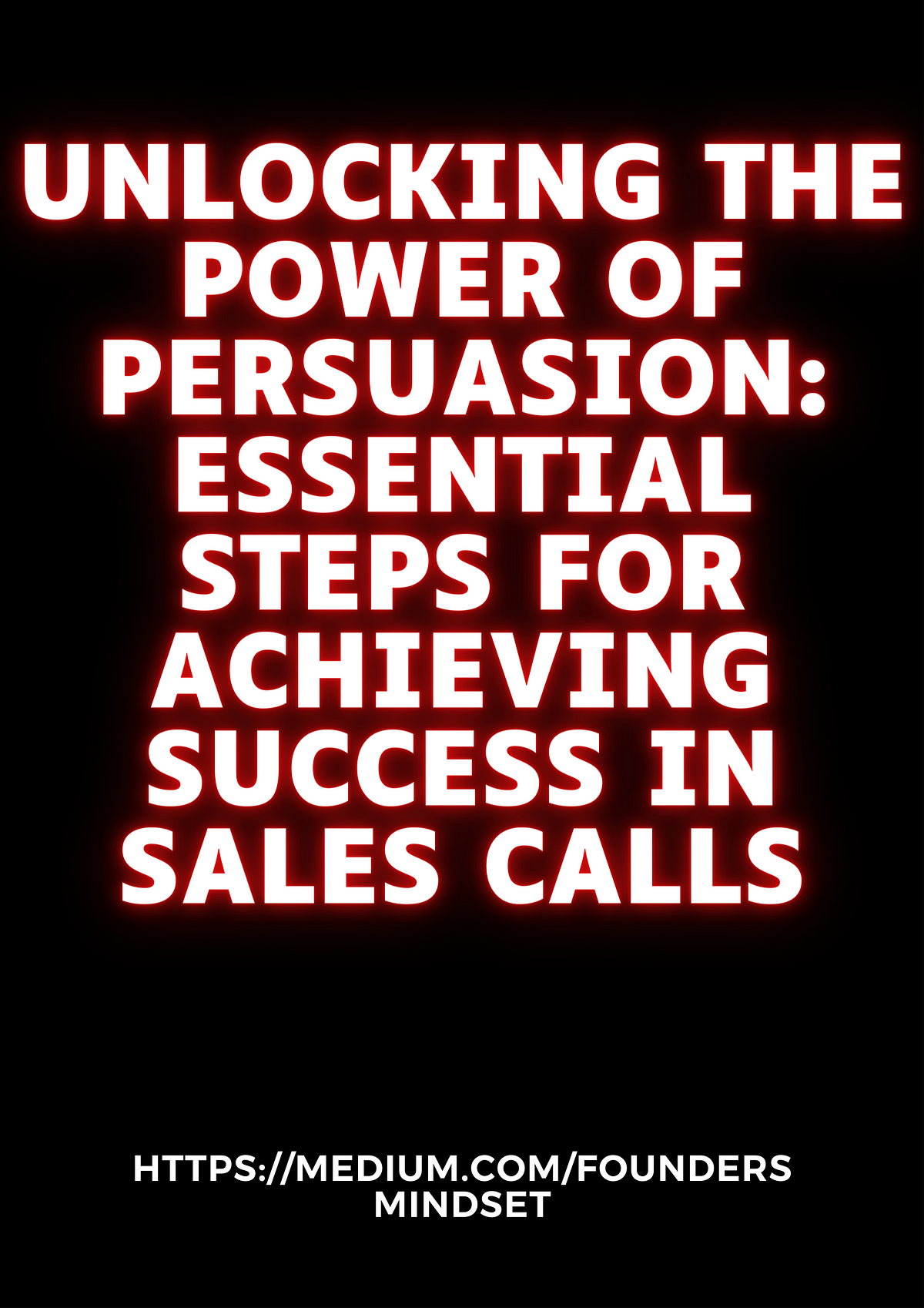Unlocking the Power of Persuasion: A Guide to Communicating Your Product’s Value

As an interior design expert and architect, I’ve witnessed firsthand how a well-crafted message can transform a potential customer into a loyal advocate. Understanding the unique aspects of your product and how they resonate with your ideal customer is crucial for success. This guide will equip you with the tools and strategies to communicate your product’s value effectively, driving informed purchasing decisions.
1. Defining Your Ideal Customer:

Before diving into features and benefits, we need to understand who we’re talking to. Creating a detailed customer persona will guide your communication strategy. Ask yourself:
- Demographics: Age, gender, location, income, education level, family size, occupation.
- Psychographics: Lifestyle, values, interests, hobbies, motivations, aspirations, pain points.
- Buying Behavior: Where do they shop? What influences their purchasing decisions? What are their budget constraints?


2. Identifying Key Features & Benefits:
Once you have a clear picture of your ideal customer, you can identify the features and benefits that will resonate most with them. Remember, features are what your product is, while benefits are what your product does for the customer.

Example:
- Feature: Your product is made from sustainable materials.
- Benefit: The customer can reduce their environmental impact and contribute to a greener future.



3. The Power of Storytelling:
People connect with stories. Instead of simply listing features, weave them into a compelling narrative that highlights the benefits and solves a specific customer problem.

Example:
Problem: Your ideal customer is overwhelmed by clutter and wants a more organized home.
Story: "Imagine walking into your home after a long day, greeted by a serene and clutter-free space. No more tripping over toys, no more searching for lost keys. Our product helps you reclaim your space, creating a haven of peace and tranquility."

4. Focus on the "Why" Not Just the "What":
While features are important, it’s the "why" that truly resonates with customers. Explain how your product solves a problem, fulfills a need, or improves their life.
Example:

- Feature: Your product has a sleek and modern design.
- Benefit: It enhances the aesthetic appeal of their home, creating a sophisticated and stylish ambiance.
- Why: "Our design philosophy prioritizes functionality and beauty, allowing you to express your personal style and create a space that reflects your individuality."


5. Embrace Visual Communication:
High-quality images, videos, and demonstrations can significantly enhance your message. Show, don’t just tell!
Example:
- Use before-and-after photos to showcase the transformation your product delivers.
- Create a video tutorial demonstrating how easy your product is to use.
- Include 3D renderings or virtual tours to give potential customers a realistic experience.
6. Highlight Unique Selling Propositions (USPs):
What makes your product stand out from the competition? Identify your unique selling propositions and emphasize them in your communication.
Example:
- USP: Your product is the only one on the market with a specific feature or benefit.
- USP: You offer exceptional customer service or a satisfaction guarantee.
- USP: Your product is handcrafted or made with ethically sourced materials.
7. Leverage Social Proof:
Customer testimonials, reviews, and social media endorsements can build trust and credibility. Share positive feedback from satisfied customers to showcase the value of your product.
8. Call to Action:
Clearly state what you want your customers to do. Do you want them to visit your website, sign up for a newsletter, or make a purchase? Make it easy for them to take the next step.
9. Tailor Your Message:
Different channels and audiences require different approaches. Adapt your messaging to suit the specific platform and target audience.
10. Continuously Improve:
Monitor your communication strategies and track their effectiveness. Analyze customer feedback and make adjustments as needed to optimize your messaging and drive results.
Example of a Feature-Benefit-Why Framework for a Modern Home Design Service:
Target Customer: Busy professionals seeking a stylish and functional home that reflects their personality.
Feature: Personalized design consultations.
Benefit: Creates a customized home design that meets the specific needs and preferences of the client.
Why: "We understand that your home is more than just a house; it’s a reflection of your unique story. Our personalized design consultations allow us to delve deep into your lifestyle, aspirations, and aesthetic preferences, ensuring that your home truly reflects who you are."
Feature: High-quality materials and craftsmanship.
Benefit: Creates a durable and beautiful home that will last for years to come.
Why: "We believe in investing in quality, both for your home and for the environment. Our commitment to using sustainable and ethically sourced materials ensures that your home is not only beautiful but also built to last."
Feature: Seamless project management.
Benefit: Reduces stress and ensures a smooth and efficient design and construction process.
Why: "We handle all aspects of your project, from initial design concepts to final construction, allowing you to focus on what matters most – enjoying the process and creating your dream home."
By following these principles, you can effectively communicate the value of your product or service, build trust with potential customers, and drive informed purchasing decisions.

